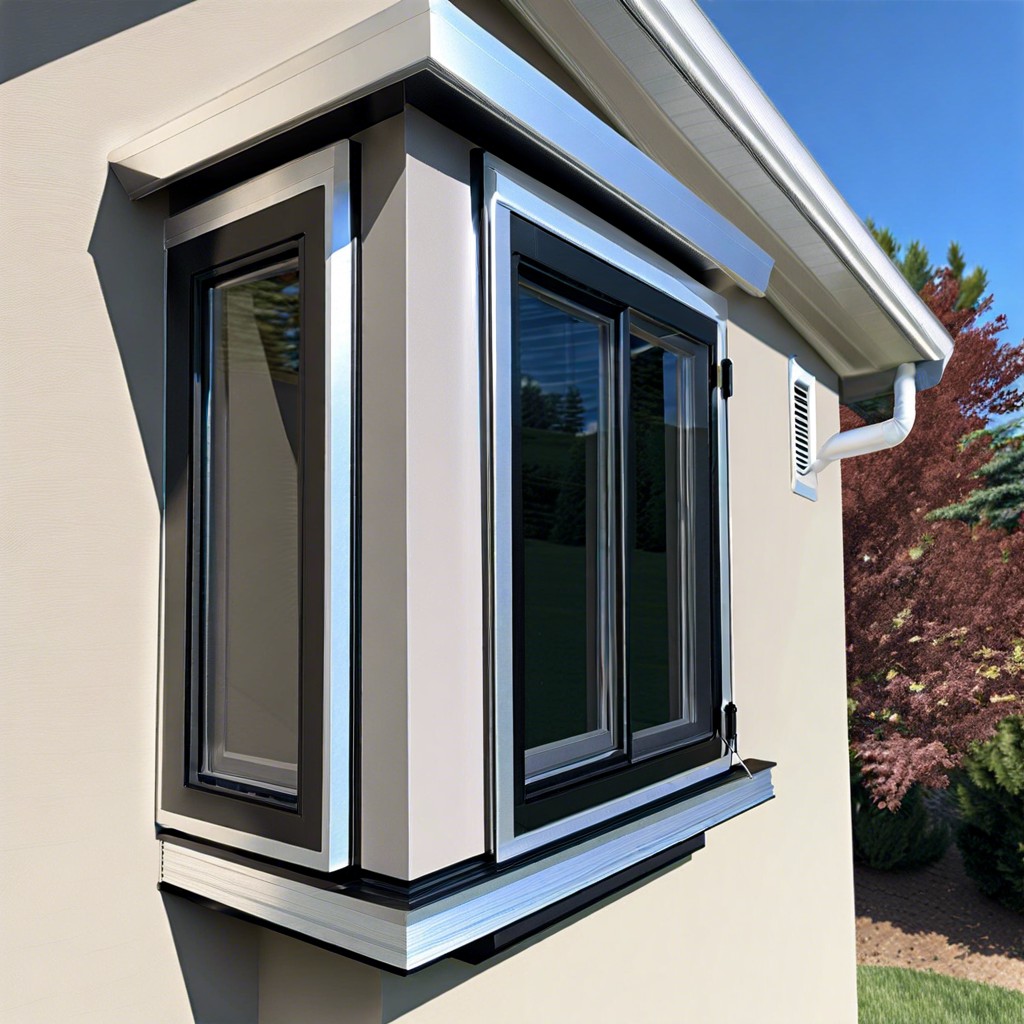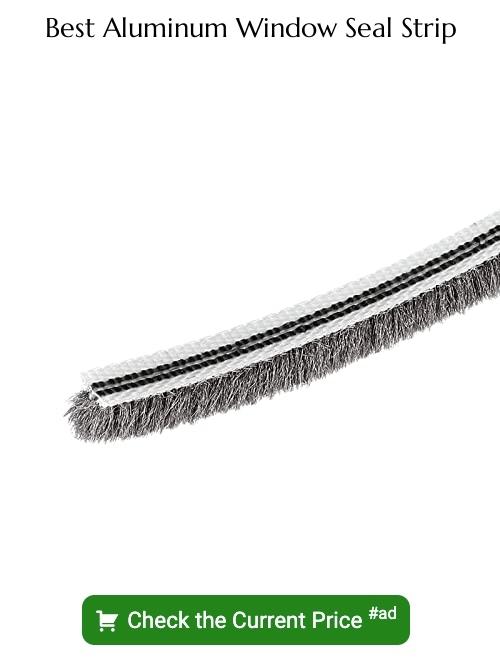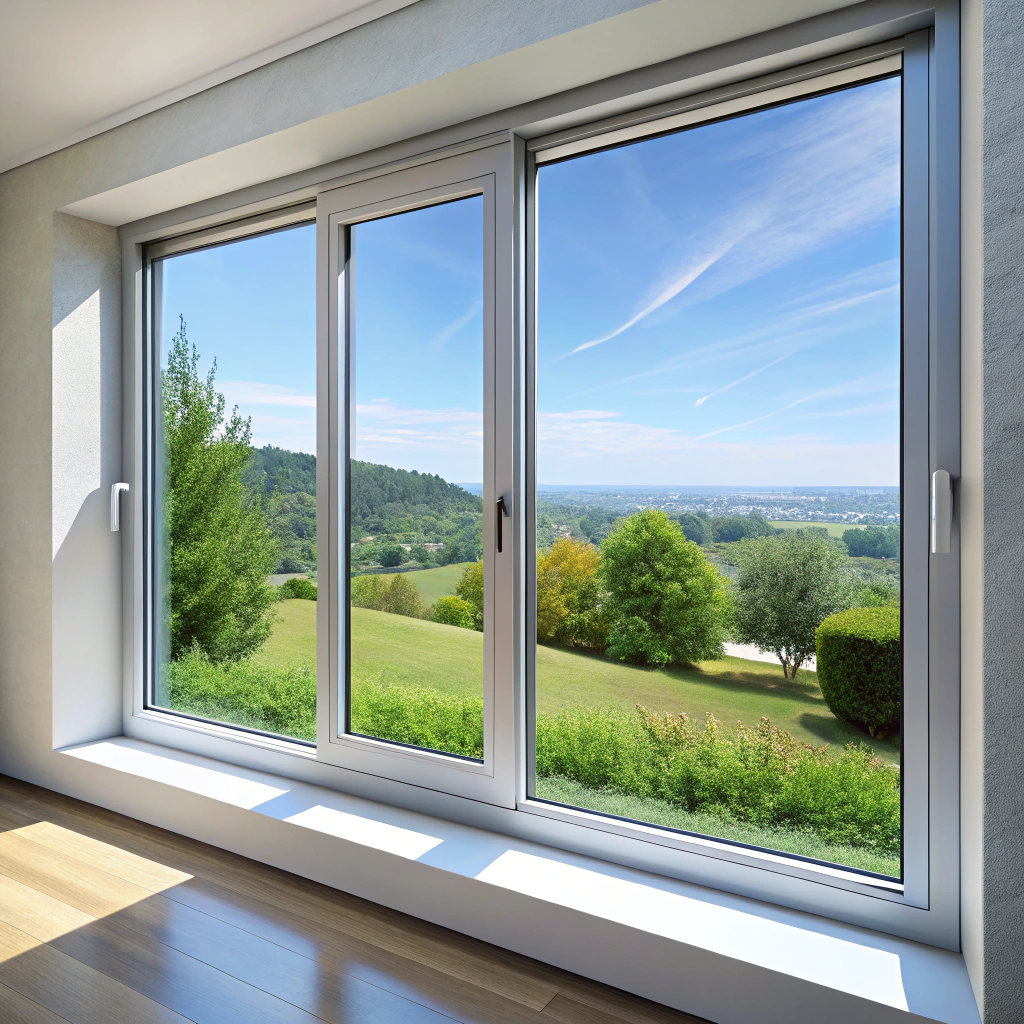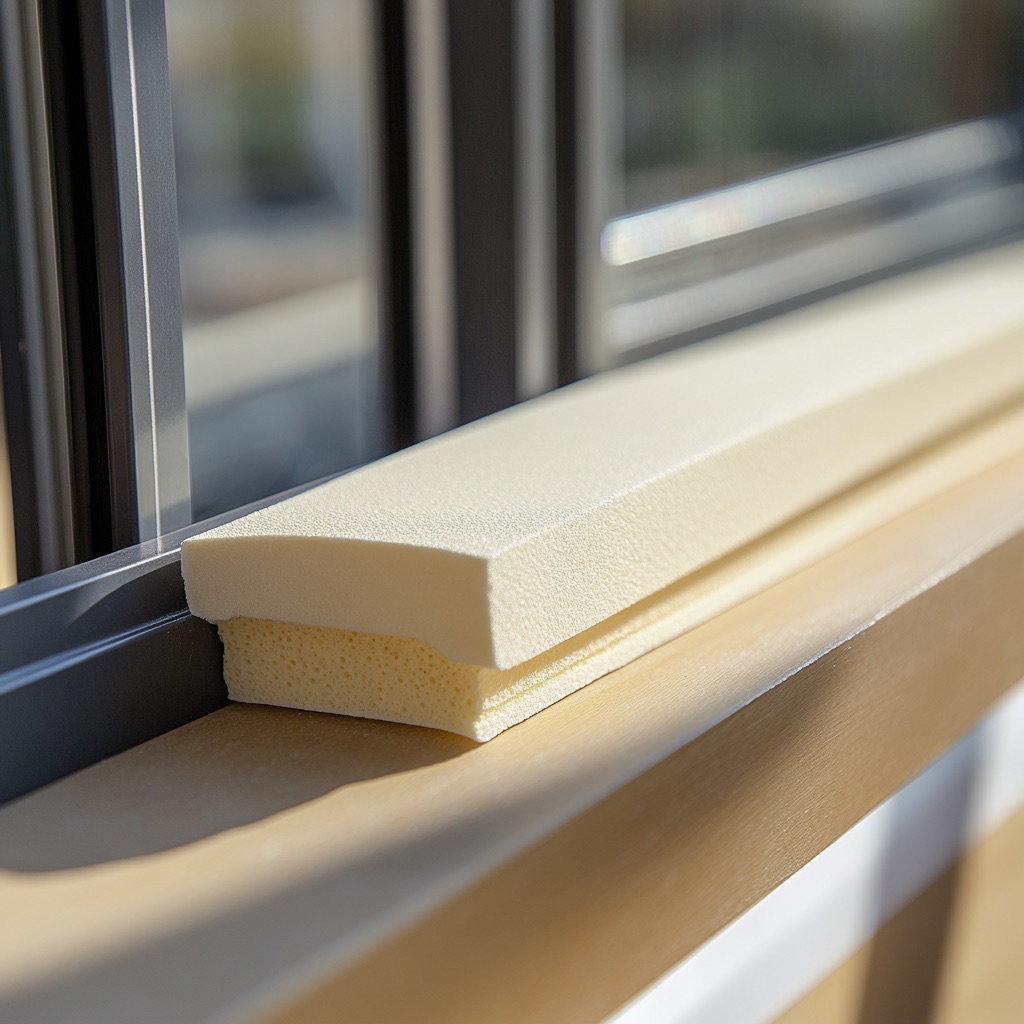Learn how to select the right aluminum window seal strip for your home, ensuring enhanced durability and optimal insulation.
Key takeaways:
- Aluminum window seal strips provide insulation and noise reduction.
- Proper installation is crucial for effectiveness.
- Aluminum seals are durable and have a long lifespan.
- They improve energy efficiency and lead to cost savings.
- Choosing aluminum contributes to environmental conservation.
Purpose of Aluminum Window Seal Strips

Aluminum window seal strips serve as a vital barrier, guarding interiors against the elements. These seals prevent air, water, and even pests from infiltrating through the gaps around window frames. In climates with pronounced seasonal changes, they play a crucial role in maintaining consistent indoor temperatures, offering comfort for occupants.
Not only do they bolster insulation, but they also contribute to noise reduction. Busy streets and noisy neighborhoods can’t compete with the acoustic dampening effects of a well-sealed window. This means a quieter and more serene living space.
Lastly, these strips help in reducing the amount of dust and allergens that may enter the home. Less outdoor debris inside contributes to better air quality and a cleaner environment. With these benefits, aluminum window seal strips stand out as a simple yet effective upgrade for any home.
Installation Process for Aluminum Window Seal Strips
Ensuring a proper fit is crucial for the effectiveness of aluminum window seal strips. Begin by carefully measuring the window’s perimeter where the strip will be adhered. It’s important to get accurate measurements to prevent gaps, which can diminish their sealing properties.
Clean the window frame surface thoroughly before installation. Any debris or residue may compromise the adhesion of the seal strip. After cleaning, allow the area to dry completely to ensure optimal stickiness.
Trim the seal strip to match your measurements. It’s advisable to cut slightly longer strips to accommodate any slight errors in measuring. Excess can always be trimmed post-installation for a neat finish.
Peel off the adhesive backing and press the strip firmly onto the window frame, starting at one end and working your way around. Apply consistent pressure to avoid bubbles or weak spots in the seal.
Once the seal strip is in place, close the window tightly to reinforce the bond between the seal and frame. This step is fundamental to achieving a weathertight seal.
Finally, check for any areas that may not have adhered properly and apply additional pressure or adhesive if necessary. Proper maintenance will extend the lifespan of these seals, so periodically inspect and replace them as needed to ensure ongoing insulation and protection against the elements.
Durability and Lifetime of Aluminum Seals
Aluminum window seal strips boast a robustness that withstands various weather conditions without succumbing to wear and tear. Their metallic nature provides superior resistance to UV radiation, ensuring they don’t degrade like rubber or plastic options. Longevity is a key advantage, with aluminum seals often lasting as long as the windows themselves.
Maintenance needs are minimal, usually involving a simple wipe down to remove any accumulated dirt or debris. Additionally, aluminum seals are impervious to pests and do not support mold growth, factors which can compromise the integrity of other types of seals.
Their long-term durability can also prove more economical as they seldom need replacement, making them a one-time investment for most homeowners. Overall, the enduring performance of aluminum window seal strips directly contributes to the structural integrity and functionality of windows, promising a sustained seal that secures homes against the elements.
Energy Efficiency and Cost Savings
Aluminum window seal strips play a crucial role in minimizing heat transfer, leading to significant energy savings. By creating a barrier against the outside temperature, these seals keep heated or cooled air inside the home. This improved insulation reduces the workload on heating and cooling systems, cutting down utility costs.
The seals also prevent drafts, further enhancing interior comfort and promoting energy conservation. Moreover, by maintaining a consistent indoor temperature, HVAC systems undergo less strain, potentially extending their service life and saving on maintenance and replacement expenses.
Opting for quality aluminum seal strips can be seen as a smart investment. The initial cost is often offset by the long-term savings on energy bills, making it a cost-effective choice for conscient consumers. The combination of the durability of aluminum and the energy efficiency benefits ensures that this is a practical upgrade for any home.
Environmental Impact and Eco-friendliness
Aluminum window seal strips play a surprising role in environmental conservation. As a highly recyclable material, aluminum can be reused multiple times with less energy than required for initial processing, promoting a circular economy.
The production of aluminum seals has a lower environmental footprint compared to other materials like PVC, which releases chlorine-based pollutants during manufacture. Consequently, selecting aluminum contributes to diminishing the overall impact on ecosystems.
These seals also boost home energy efficiency, leading to reduced energy consumption for heating and cooling. This not only curtails fossil fuel reliance but also slashes greenhouse gas emissions, directly aligning with eco-friendly practices.
Moreover, the longevity of aluminum minimizes the need for frequent replacements, thus reducing waste. As eco-consciousness rises, these attributes make aluminum window seal strips a smart choice for the environmentally aware homeowner.
Recap


